Knitting Blocking Before And After
Knitting Blocking Before And After - Continue this process until the sheet is dry. Remove as much extra moisture as possible, typically with a towel. And i’ve done blog posts before about how important i think blocking is and how it really helps to create a nice, finished look to your knit pieces. With a lace shawl like this, you first wet it and then carefully press out the excess moisture. Therefore, you should focus on getting the right gauge in your initial swatch when working with silk. It is a simple matter of washing or wetting your newly knitted item and letting it dry flat in the shape you wish it to have. Before blocking, the length from back of neck to hem was 20 inches. For water temperature and soaking time, follow the manufacturer’s recommendations for the yarn used. Some means of getting your knitting wet. Materials needed for blocking acrylic yarn. Web on january 29, 2021. With a lace shawl like this, you first wet it and then carefully press out the excess moisture. Some knitters prefer to block after they’ve finished their garment. Use a tape measure or ruler to ensure accuracy throughout the blocking process. Web total time 1 day 15 minutes. Web on november 19, 2021. If you’re using the knitter’s block, configure the tiles to accommodate your knitted item. Web blocking is used before sewing knitted pieces together. Web most natural fibers, such as cotton, wool and alpaca, benefit greatly from blocking. And i’ve done blog posts before about how important i think blocking is and how it really helps. It evens out the stitches. Web use a hot iron to press very lightly on the sheet. Web a note from kathleen: If you’re using the knitter’s block, configure the tiles to accommodate your knitted item. Knitting tools like a yarn baller make life easier. In knitting and crocheting, blocking is what separates the wheat from the chaff, the men from the boys, the great from the mediocre. When you’ve finished sewing everything together, you can steam block the side seams for a lovely finish. Web posted on december 29, 2019 henni. Knitting tools like a yarn baller make life easier. Web first, fill a. Web blocking is used before sewing knitted pieces together. Leave it for about 15 minutes to get it good and soaked. Materials needed for blocking acrylic yarn. Web 6 steps to block your hand knits. If you’re using the knitter’s block, configure the tiles to accommodate your knitted item. In this blog post i’ll share some of the basics of blocking, as well as share some before & after photos so you can really see what a difference blocking can make. You're just pushing the steam through the sheet and into the knitting. Leave it for about 15 minutes to so it has time to get fully soaked. Do. It is a simple matter of washing or wetting your newly knitted item and letting it dry flat in the shape you wish it to have. Some fibres (cashmere, silk) take longer to become saturated with water. Web behold the power of blocking. Can you get by without it? Do not rub, twist, or wring a handknit. The blocking process will help secure the ends in place. Web fill your sink or basin with lukewarm water and wool wash if desired. I’m a big fan of blocking. Web most natural fibers, such as cotton, wool and alpaca, benefit greatly from blocking. Do not rub, twist, or wring a handknit. The blocking process will help secure the ends in place. Knitting tools like a yarn baller make life easier. Doing so may distort the stitches beyond correction. If you are a beginner, go through all the steps below using a swatch to get a good feel for the yarn and to ensure it works the way you intend it to. Get your project wet by soaking, steaming, or spraying with a spray bottle. It evens out the stitches. Doing so may distort the stitches beyond correction. For the vast majority of your knitting, blocking is so simple. Some means of getting your knitting wet. Web on january 29, 2021. You also can steam block without a protective layer of fabric. Blocking is what takes your finished knits from “ok” to “wow”! Web use a hot iron to press very lightly on the sheet. A surface to block on. Do not rub, twist, or wring a handknit. The blocking process will help secure the ends in place. If you are a beginner, go through all the steps below using a swatch to get a good feel for the yarn and to ensure it works the way you intend it to work. Soak your knitted item in gentle wash per the yarn label instructions. Can you get by without it? Web neglecting to check measurements: But taking the extra step makes a massive difference in the tidiness of the finished project. Blocking with a hair dryer. Therefore, you should focus on getting the right gauge in your initial swatch when working with silk. Different methods of blocking acrylic yarn. Remove as much extra moisture as possible, typically with a towel.![How to block knitting [The ultimate tutorial]](https://nimble-needles.com/wp-content/uploads/2023/03/a-knitted-project-before-and-after-blocking.jpg)
How to block knitting [The ultimate tutorial]
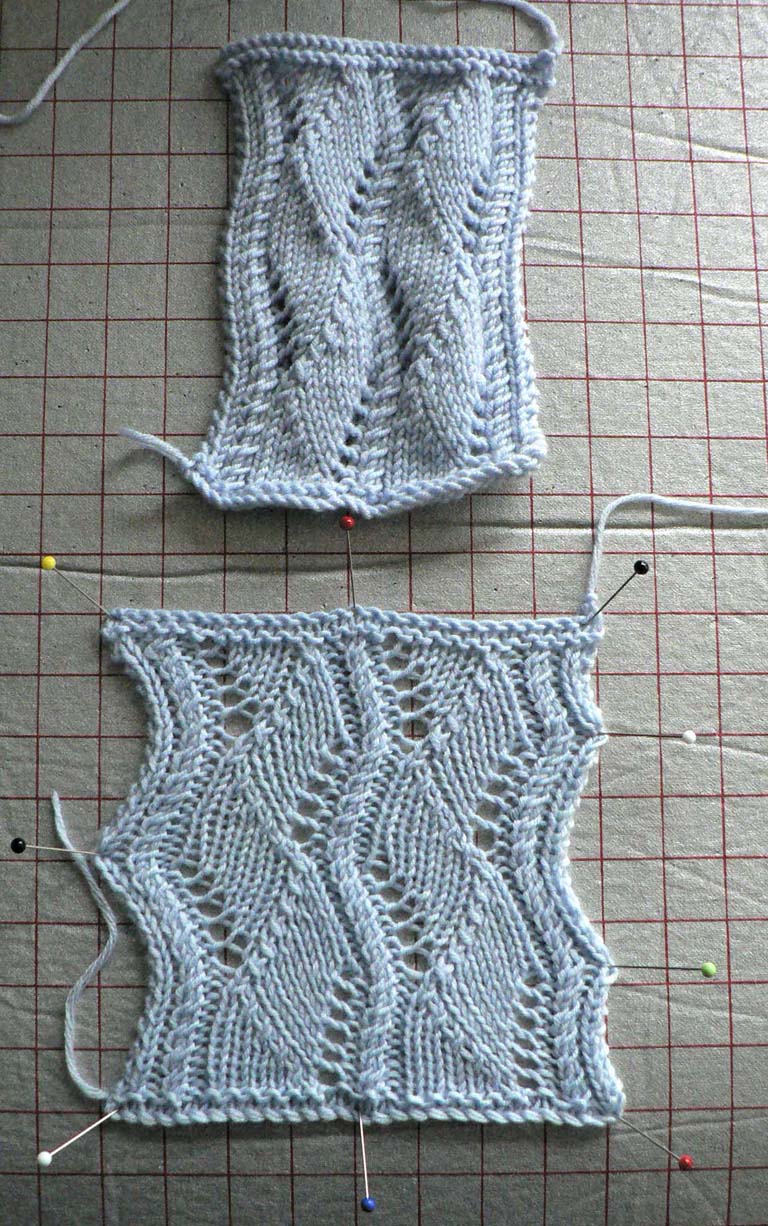
Knitting and More Blocking Your Knitting
Before and after blocking magic knitting

How to Block Knitting Blocking a Hand Knit Blanket Tutorial Final
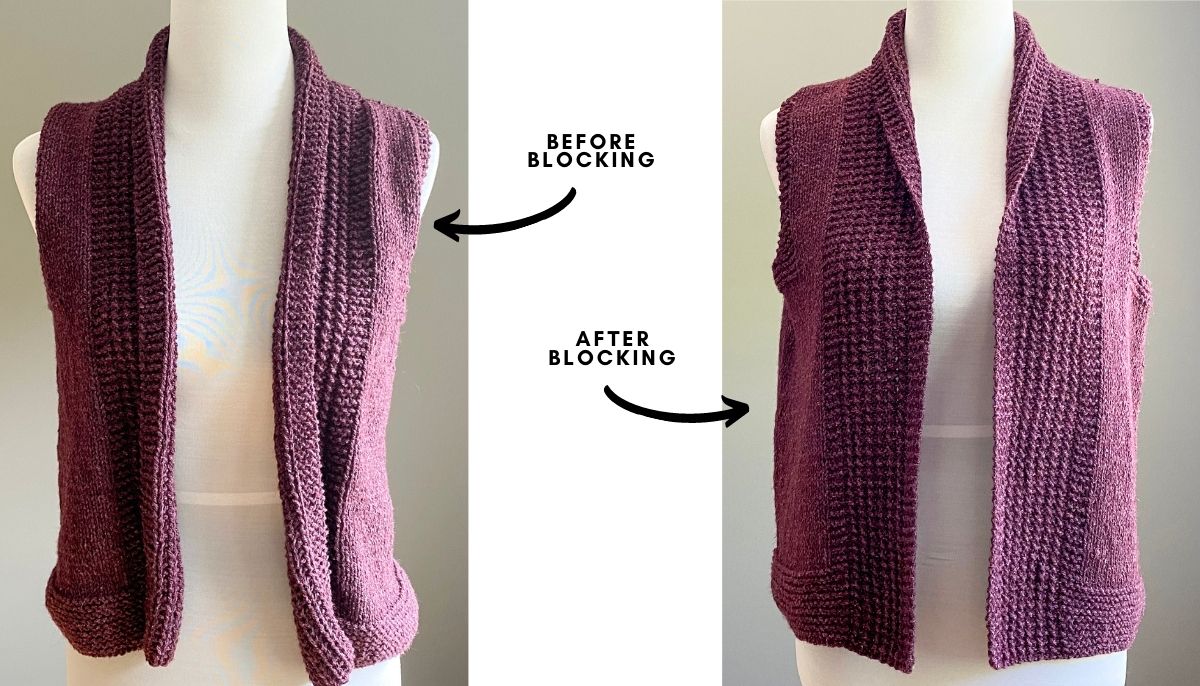
Before and After (blocking) Elizabeth Smith Knits
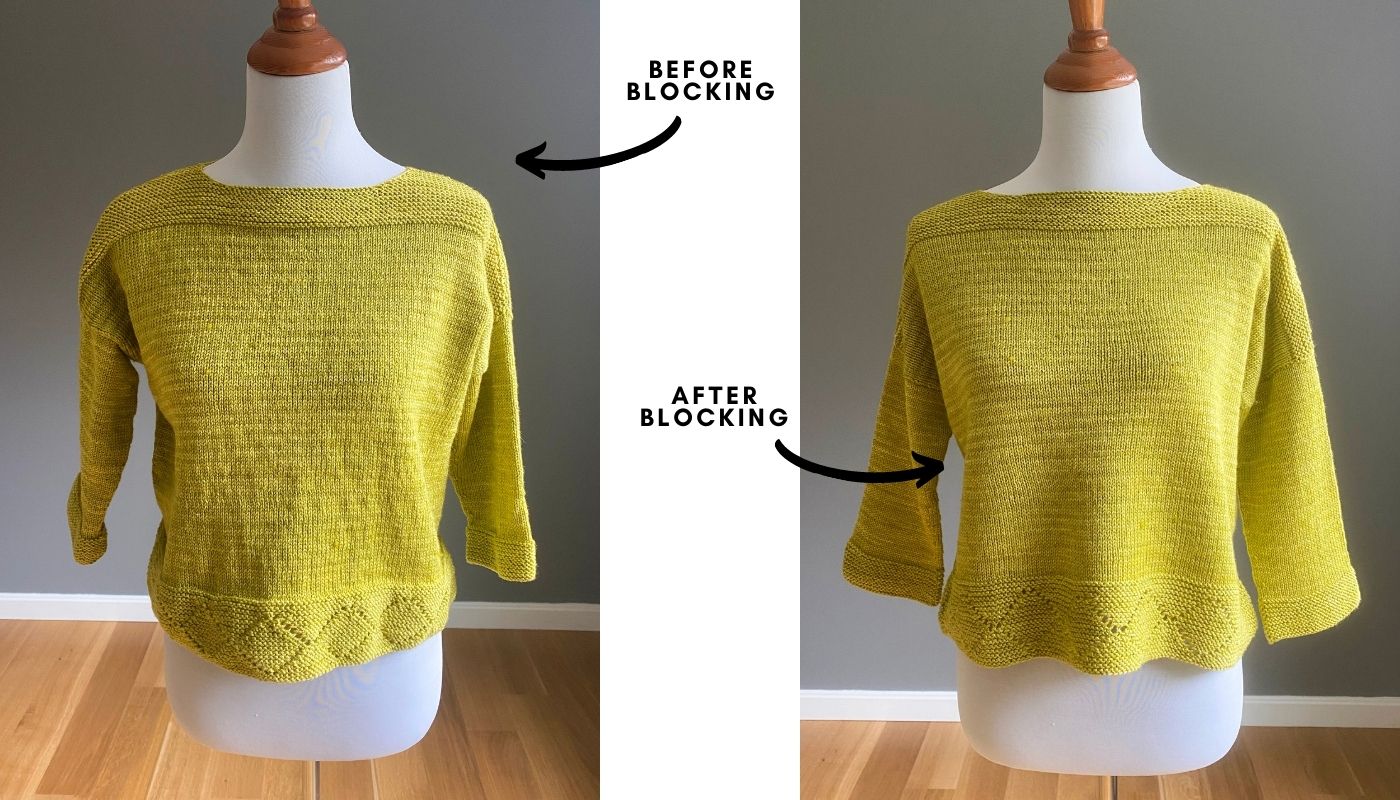
Before and After (blocking) Elizabeth Smith Knits
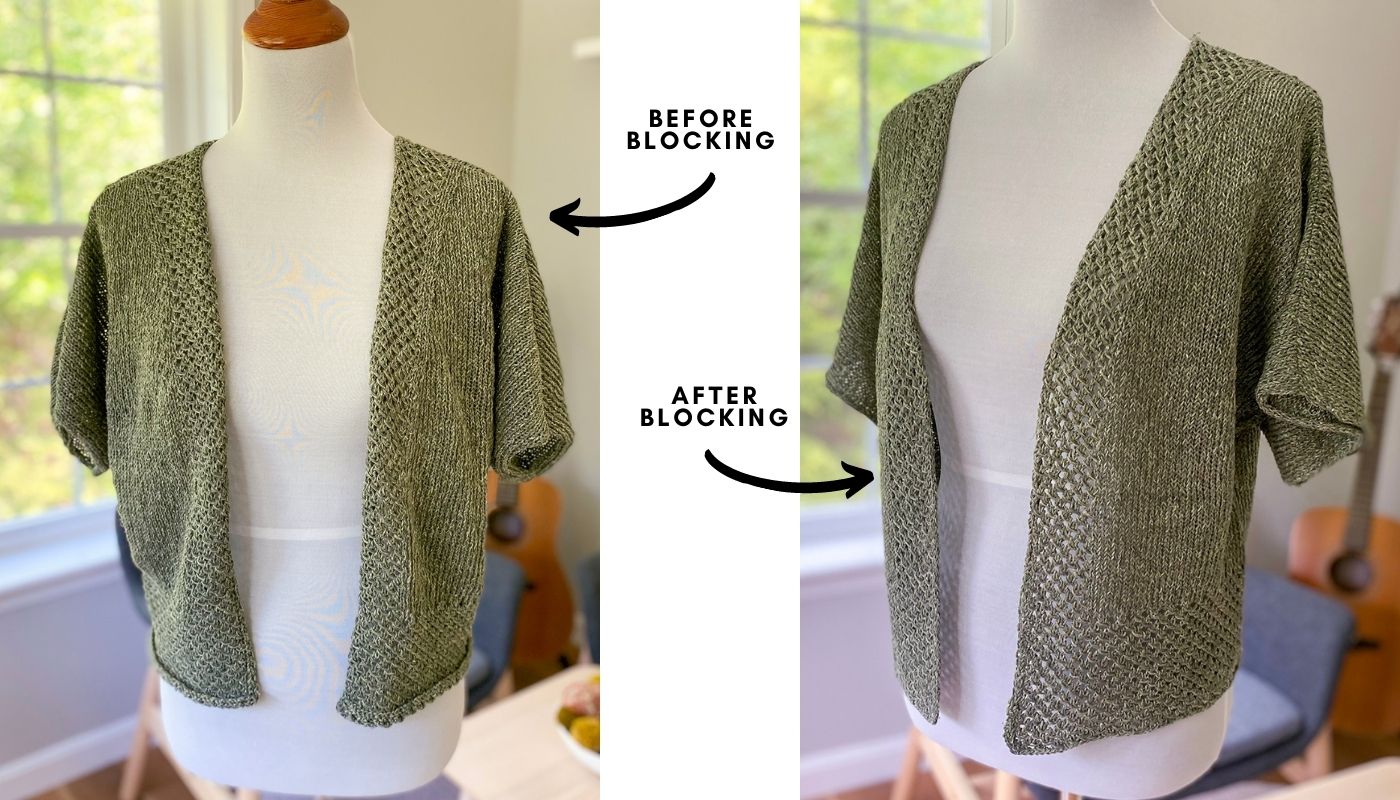
Before and After (blocking) Elizabeth Smith Knits

How to wet block your knits DONNAROSSA
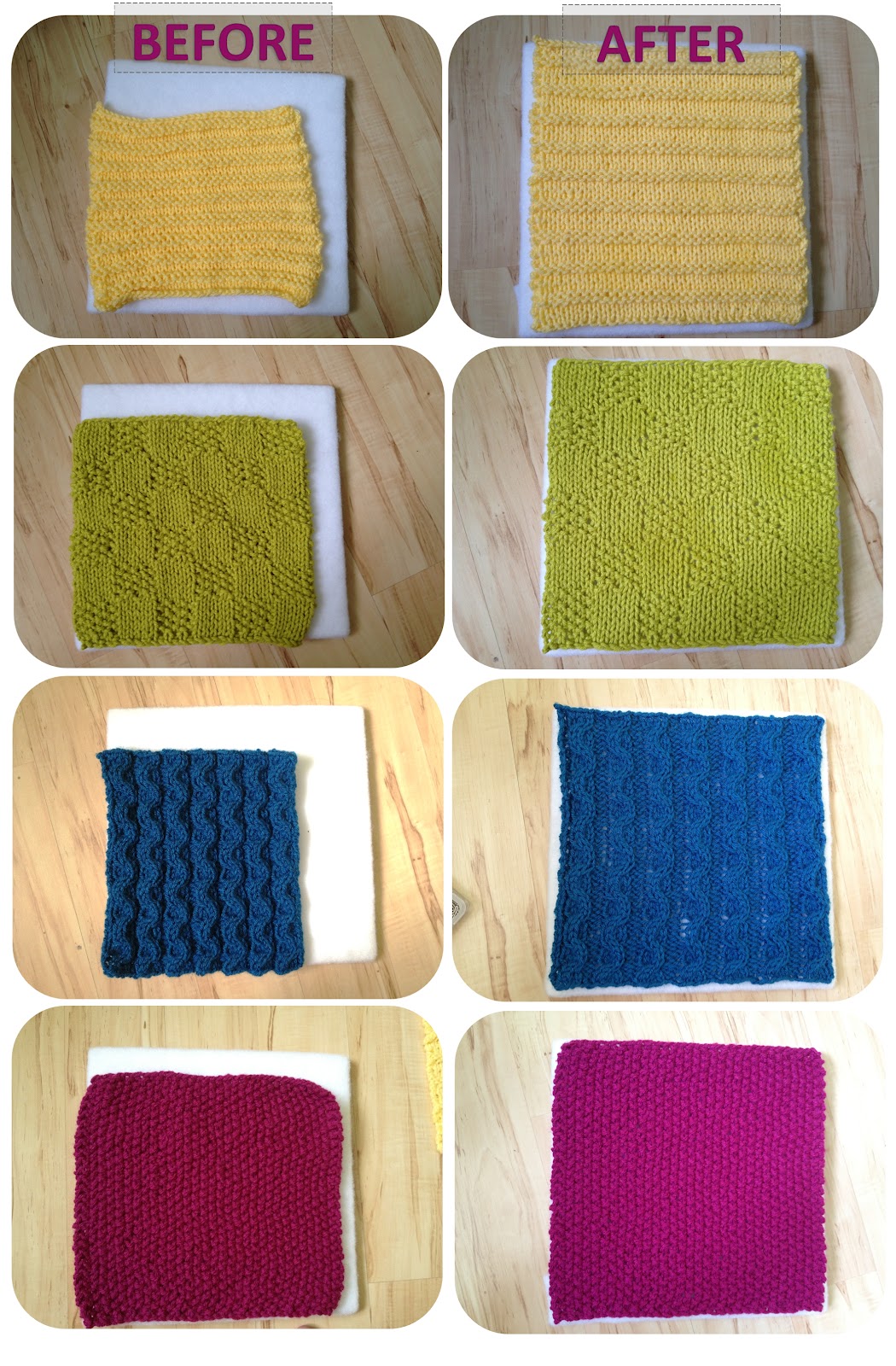
Tutorial Blocking Acrylic Yarn A Modicum of Ingenuity
Citron before and after blocking! r/knitting
Web Blocking Is Used Before Sewing Knitted Pieces Together.
(Optional) Mild Soap Or Wool Detergent.
Some Fibres (Cashmere, Silk) Take Longer To Become Saturated With Water.
Lay Your Project Flat, Matching The Finished Dimensions.
Related Post: